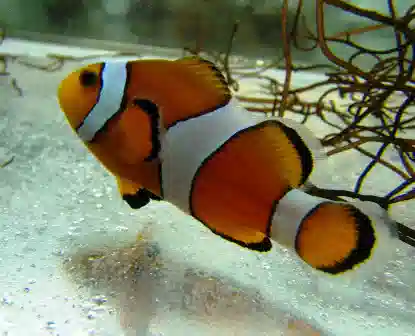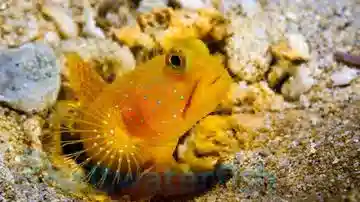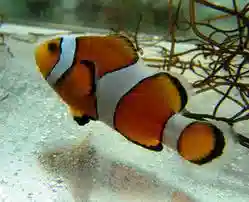False Percula Clownfish - Aquacultured - Group of 15
(0 Reviews)

False Percula Clownfish - Aquacultured - Group of 15
(0 Reviews)
{{ item.name }}
Size: {{ item.extra_field_3 }}
${{ getFormattedPrice(item.saleprice) }} ${{ getFormattedPrice(item.price) }}
To join the waiting list, click here
Free Shipping
With
$199.00
or more in Marine Life.
More details...
False Percula Clownfish - Aquacultured - Group of 15 Care Facts
| Size: | Up to 1.25 inches |
|---|
Currently False Percula Clownfish - Aquacultured - Group of 15 does not have any reviews.















